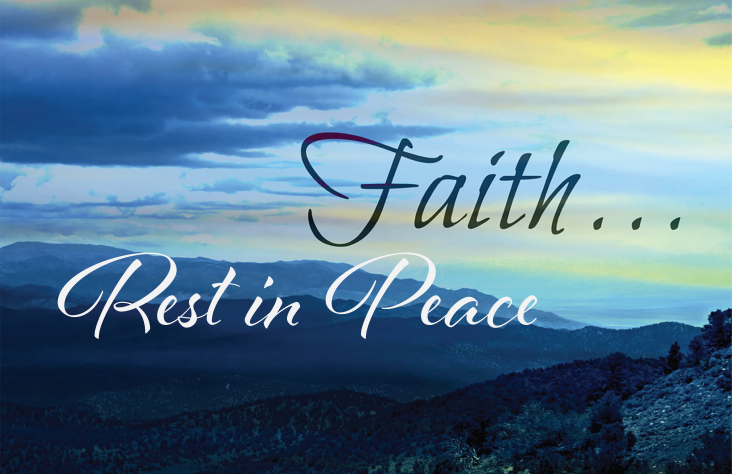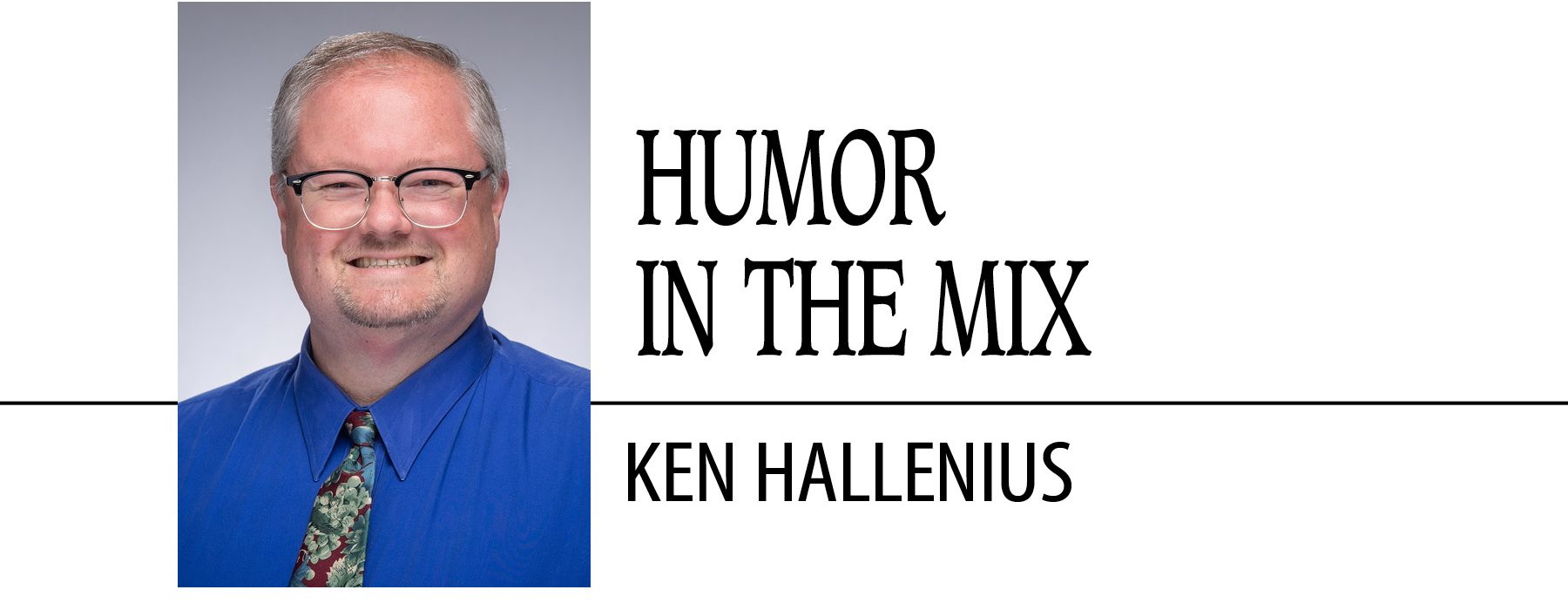November 30, 2022 // Perspective
Happy New Year!
I know what you may be thinking: they’re running this column a month too early. But it’s true: we’ve actually already begun the new year, liturgically speaking. The Church’s year runs from the first Sunday in Advent until the feast of Christ the King. It’s one of the small ways in which our lives as believers in Christ don’t always entirely correspond with the rest of the world, and this difference between our faith life and our daily life can be a very good thing. After all, as St. Peter wrote, we should be “strangers and pilgrims” in this world (1 Peter 2:11). Our actual homeland is in heaven, where Jesus has gone to prepare a place for us, as he promised (cf. John 14:3).
In the meantime, God gives us little signs and hints of the glory that He has prepared for us. The season of Advent that we observe at the beginning of the new liturgical year is one of these times of hope and expectation. You’ve no doubt noticed some of the signs of the season in the decoration (or seeming lack thereof) of your parish church. Unlike the stores and shopping malls, our churches are not yet bedecked with Christmas cheer, but rather they are modestly decorated in the color purple: in the altar cloths, the vestments that the priest wears, and even in the candles on the Advent wreath (well, 3 of the 4 candles, at least – more on that in a moment). Purple is a color that we traditionally associate with royalty, which is entirely appropriate as we await the coming of Jesus, the King of Kings and Lord of Lords. Purple is also a color that we associate with penance, as it’s the color of both the penitential season of Lent and the color of the stole (the stylized long neck scarf) that the priest wears when celebrating the Sacrament of Reconciliation.
But this season of purple will be interrupted with a subtle sign of joy on the third Sunday of Advent, when we see the color pink make a surprising appearance. This particular Sunday has a special name, “Gaudete Sunday,” after the first Latin word of the scriptural theme for the Mass of the day, from Paul’s letter to the Philippians: “Rejoice in the Lord always. I shall say it again: rejoice!” (Phil. 4:4). The color pink that we see on the third candle on the Advent wreath and in the priest’s vestments is a shade related to the Advent season’s omnipresent purple, but the bright pink color shines forth against the deeper purple with the translucent suggestion of light. At this time of year (at least in the northern hemisphere), when darkness is at its depth, the days are at their shortest. Therefore, the lightness on display through the pink decorations of Gaudete Sunday is a reminder that, as John the Evangelist wrote at the beginning of his gospel, “The light shines in the darkness, and the darkness has not overcome it” (Jn 1: 4–5).
This is a very hopeful message for us to hear, one that is especially welcome to the eyes and ears of children who may be beginning to despair that the stores in the shopping mall are more ready for Christmas than their parish churches. Gaudete Sunday is a subtle promise that soon we will see the Savior that we have been awaiting in the darkness.
In the week before Christmas, the liturgy offers us yet another sign that the days of Advent are drawing short. Beginning on Dec. 17 and continuing through Dec. 23, at Vespers (evening prayer), the Church sings the “O Antiphons,” each recalling a prophetic Old Testament title associated with the coming Messiah: Wisdom of God, Lord of Israel, Root of Jesse, Key of David, Daystar, King of the Nations, Emmanuel. (Even if you’ve never prayed Vespers, you probably already know these “O Antiphons,” as they are the basis of the popular Advent hymn, “O Come, O Come Emmanuel.”) There is even a tiny bit of playful humor injected into the antiphons in the form of an obscure word game. When written out, the first letter of the Latin-language Messianic titles in the antiphons spell out (in reverse) the words “ERO CRAS.” In English, that means, “I am coming tomorrow.” This hidden message from the anonymous composer of the antiphons is a source of joy and hope to those of us who await the Lord’s arrival at Christmas.
In our homes, too, we prepare the way of the Lord in Advent, typically by decking the halls in anticipation and by dusting off the beloved family
traditions that we associate with the Christmas feast. Music, foods, movies, and parties all contribute to the joy of the season. And it may be that not every one of these favorite holiday traditions is directly related to the faith, but perhaps their primary purpose is to create joy, which is, after all, one of the fruits of the Holy Spirit. In my family, for example, we like to have a ritual viewing of the film “Christmas Vacation”, drinking glasses of eggnog while competitively quoting the movie script. Other families may head out to the woods in the old front-wheel-drive sleigh to select that most important of holiday symbols, the Griswold family Christmas tree, while still others look forward to enjoying favorite cookies and treats that come but once a year.
However you prepare, may this Advent season be for you and your family a season of joyful anticipation of the coming of the One for whom the world awaits, the One through whom and for whom everything in heaven and on earth was created, Jesus Christ, our Lord. Happy New Year! Joy to the world!
Ken Hallenius is a syndicated radio host and podcaster living in South Bend. For more, visit blog.hallenius.org.
The best news. Delivered to your inbox.
Subscribe to our mailing list today.






